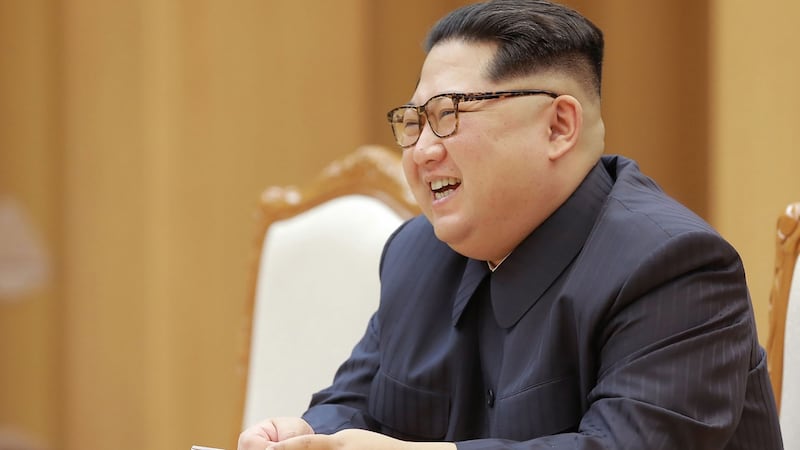If all goes to plan, Kim Jong-un will today become the first leader of North Korea to cross the 38th parallel and set foot on South Korean soil since fighting ended in the Korean war in 1953. Kim will meet South Korean president Moon Jae-in at Panmunjom, a military base and “truce village” on the southern side of the demarcation line. The summit will be heavier on symbolism than substance, but it will also prepare the ground for a planned meeting between Kim and US president Donald Trump. Optimists believe it could open the prospect of a peace agreement to formally end the Korean war and start a process leading to denuclearisation on the peninsula.
For Pyongyang, engagement promises big gains and, for now at least, no pain at all. A meeting with Trump will be a powerful propaganda victory for the isolated regime
Those high hopes are understandable, but history suggests a note of caution is warranted. This is not the first time the Kim dynasty has signalled a willingness for dialogue, or even held out the possibility of giving up its nuclear programme. On previous occasions, it has used engagement to win foreign aid and an easing of sanctions before reneging on its commitments and failing to budge on key strategic issues. Kim’s conversion to diplomacy was exceptionally sudden. The 33-year-old has tested almost 90 ballistic missiles and carried out four of North Korea’s six nuclear tests, and until last month he refused to meet with any foreign head of state. For the past year, he and Trump have exchanged increasingly belligerent threats – causing many to worry that the two sides were staggering towards military confrontation.

For Pyongyang, engagement promises big gains and, for now at least, no pain at all. A meeting with Trump will be a powerful propaganda victory for the isolated regime. Moreover, it appears the Americans will not seek any concessions on the nuclear weapons programme in advance of that meeting. And if “peace” is formally declared as part of a wider deal with the Americans, the North can make a new case for its long-cherished goal: to have the US withdraw its large contingent of troops from the South.
The world must hope that the current engagement succeeds, but there is a long way to go before North Korea can be brought in from the cold.










